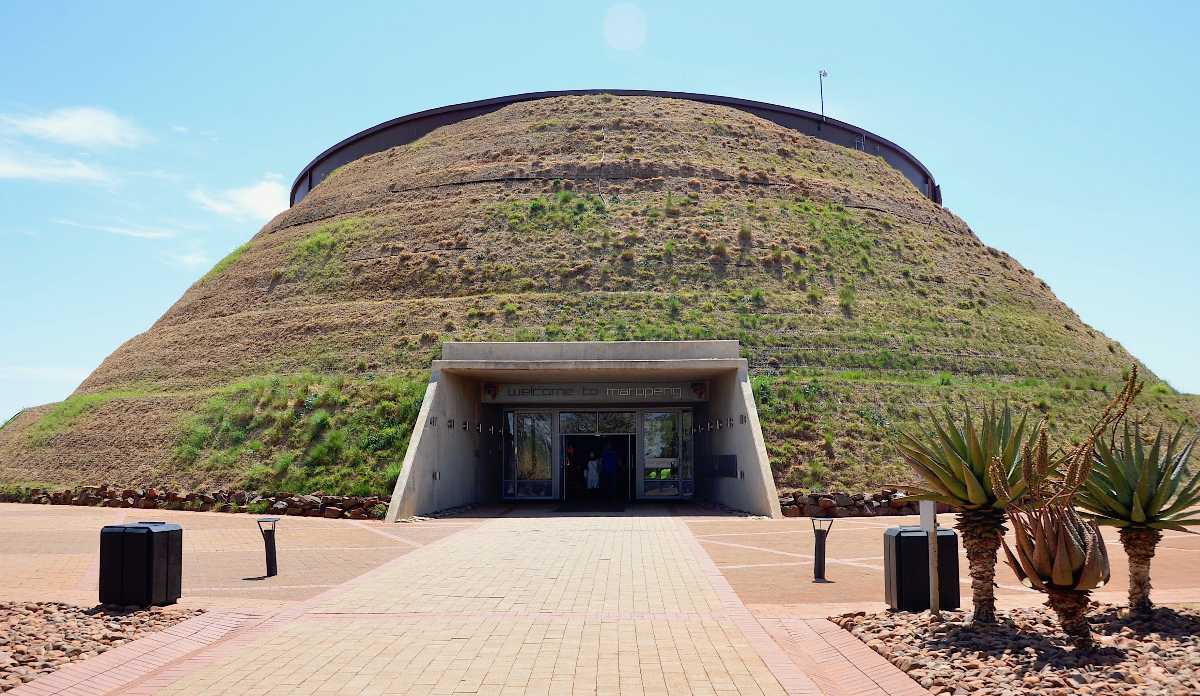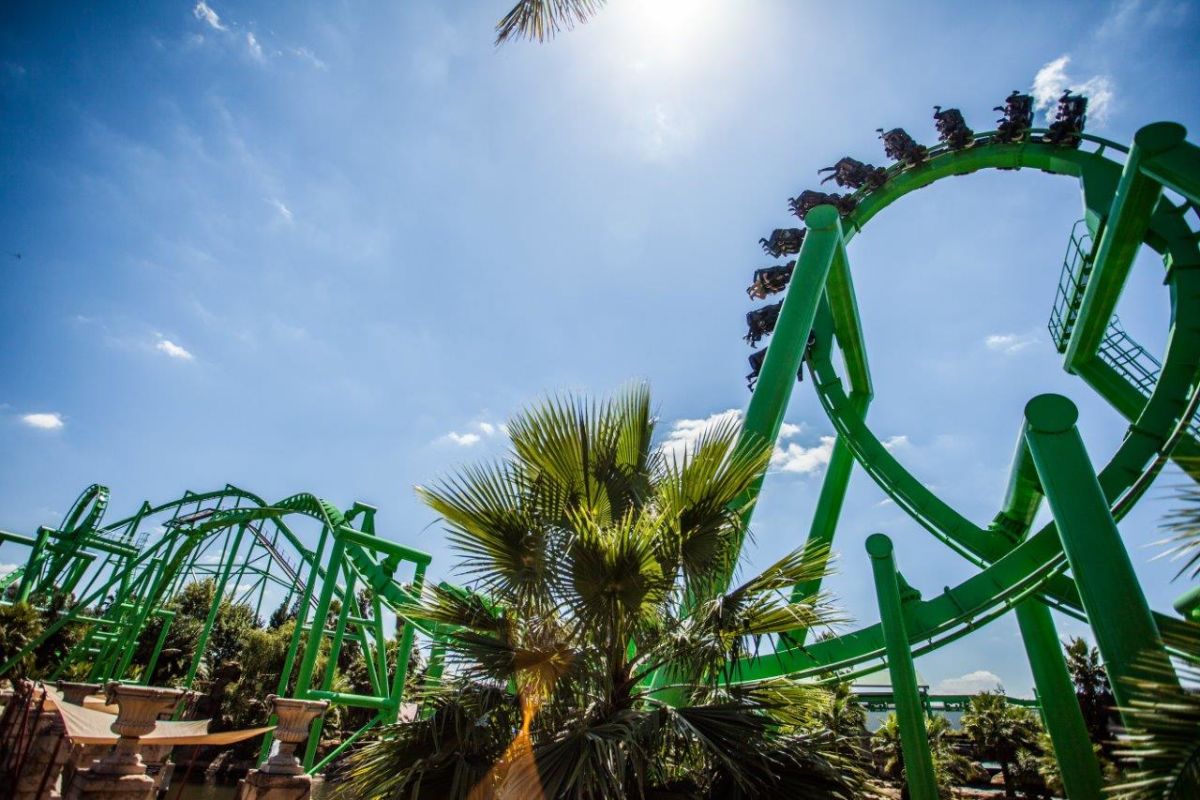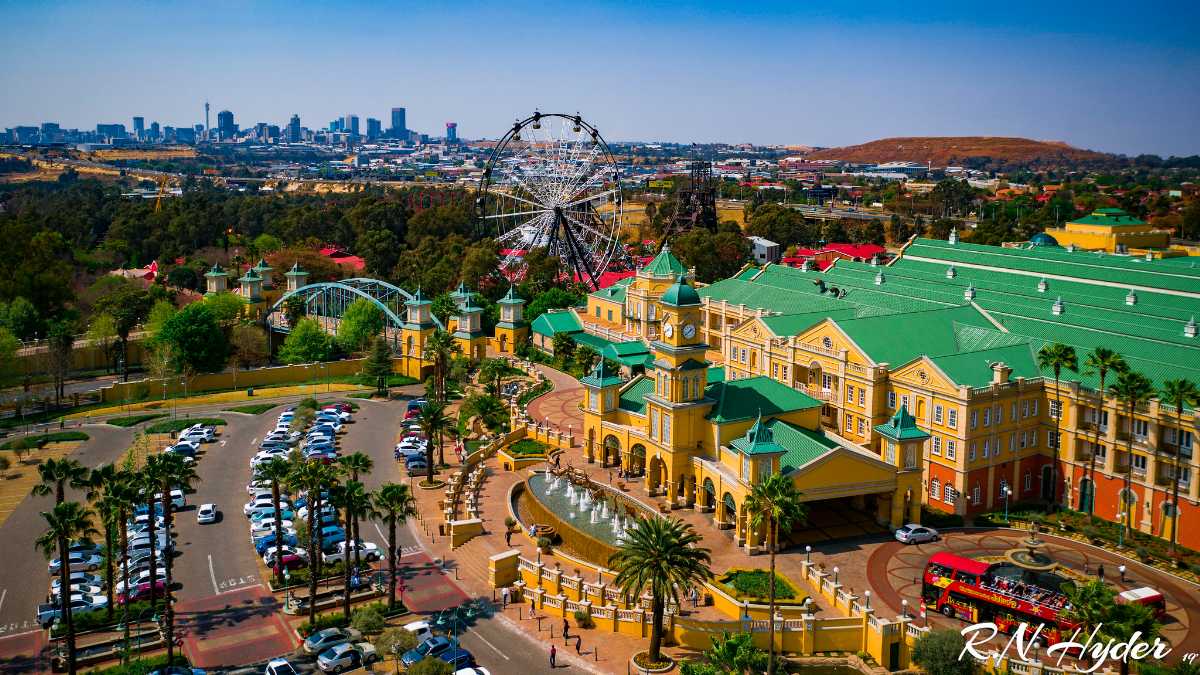Johannesburg North Attractions Things To Know Before You Get This
Johannesburg North Attractions Things To Know Before You Get This
Blog Article
Everything about Johannesburg North Attractions
Table of ContentsThe Only Guide for Johannesburg North AttractionsOur Johannesburg North Attractions DiariesJohannesburg North Attractions Fundamentals ExplainedEverything about Johannesburg North AttractionsExcitement About Johannesburg North AttractionsEverything about Johannesburg North AttractionsJohannesburg North Attractions Can Be Fun For Anyone
However you ought to maintain safety in mind and tourists need to continue to be alert in all times when in unknown surroundings. Talk with the residents when you remain in town to find out regarding the location you are remaining in. Johannesburg North attractions. When on the road (this doesn't put on shopping center and various other safe and secure environments) finest general advice is to attempt your ideal to look like a regional and to prevent presenting any kind of form of riches
The Best Strategy To Use For Johannesburg North Attractions
Teacher Revil Mason O. J. (Thomson, 1946) checked out the Witwatersrand's pre-colonial history. His historical job exploded the 'em pty land' myth, according to which the area was lacking human habitation prior to the arrival of European settlers. In his magazines Prehistory of the Transvaal: A Document of Human Activity (1962) and Beginnings of Black People of Johannesburg and the Southern Western Central Transvaal AD 3501880 (1986 ), Professor Mason showed the extent of social and financial advancement in the area before Europeans set foot here.

The Basic Principles Of Johannesburg North Attractions
He showed the federal government's permission, approved after he had actually testified keep his discoveries secret. In 1874, small-scale mining operations were begun in the Magaliesberg, where an Australian, Henry Lewis, had found gold down payments. In 1878, David Wardrop found gold in quartz capillaries at Zwartkop, north of Krugersdorp. In 1881, Stephanus Minnaar encountered gold on the ranch Kromdraai, near the Cradle of Mankind.
In March 1886, a protrusion (quickly to be called the Key Coral reef) was discovered, fairly fortunately, on Gerhardus Oosthuizen's ranch Langlaagte. Some state that the Lancastrian coal miner George Walker found this reef. One more itinerant English prospector, George Harrison (who had actually formerly functioned in Australian mines) gotten a prospecting permit in regard of Langlaagte in Might 1886.
He decided to proceed in a pursuit for greener pastures, and disposed of his Langlaagte claim for the handsome amount of 10. Alas: beneath lay the wealthiest goldfield ever located. The discovery of this rich auriferous reef provoked a gold thrill that signified the end of bucolic serenity in the southerly Transvaal.
It would, within six years, become the biggest community in southern Africa. Within a decade, it would certainly make the Z. A. R. up until then an anarchical and insolvent little state the most affluent country in Africa. By the turn of the century, the Z. A. R. was to surpass Russia, Australia and the USA of America to become the globe's leading gold manufacturer, creating even more than a quarter of the world's gold.
An Unbiased View of Johannesburg North Attractions
It was referred to as Ferreira's Camp, named after Colonel Ignatius Ferreira. He was a Boer traveler upon whom the British authorities had presented the status of Companion of one of the most Identified Order of St Michael and St George (qualifying him to the post-nominal letters C. M. G.) in appreciation for his duty in the battle that had deposed the Pedi king Sekhukhune in 1879.
Quickly the camp was brimming with camping tents and wagons as novices showed up daily from everywhere. By September 1886, some 400 individuals lived in Ferreira's Camp, which soon boasted prefabricated iron and lumber structures. Two various other camps were developed: Meyer's Camp on the farm Doornfontein, and Paarl Camp. The latter was nicknamed Afrikander Camp; many people from the Cape Swarm worked out there.

Johannesburg North Attractions Can Be Fun For Everyone
This name obtained currency by word of mouth, such that the State Assistant affirmed the name to the Mining Commissioner on 9 October 1886. Stands in the town were auctioned on 8 December 1886. While some stands were cost 10, others were knocked down for just sixpence.
Two years later, these erven were to change hands for as much as 750 each. The tented camps diminished as a dorp of corrugated iron structures established and increased north of the mines located along the Key Reef Roadway. Areas such as Jeppe's Community (where working-class immigrants erected their homes) and Doornfontein (where the wealthy new 'Randlords' started to build their luxurious homes) were quickly contributed to the ever-expanding map of the community.
Johannesburg North Attractions - An Overview
In addition to the road names, there were no indicators of Johannesburg being situated in a Dutch-speaking country. Years later on, C. W. Kearns O. J. (among the first kids enlisted at St John's College in 1898) would recall: 'A strange truth concerning Johannesburg was that, although it remained in the [Boer Republic], virtually every person talked English and even the Federal government servants addressed one in English, unless they were first dealt with in the Taal (or Low Dutch)'.
Thus, Britain had a rate of interest in making sure optimum problems for gold manufacturing on the Witwatersrand, and that the gold was exported to London instead than Berlin a necessary made all the much more clamant by the Z. A. R - Johannesburg North attractions.'s enhancing toenadering with Germany. Mine owners got on a clash with Head of state Kruger, whose plan of monopolistic giving ins (usually granted to his cronies) avoided mining business from obtaining materials of products (particularly dynamite) and labour by themselves, cheaper terms
Excitement About Johannesburg North Attractions
In 1890, the Volksraad had restricted the visit site franchise business to white males who had lived in the Z. A. R. for fourteen years or longer, therefore invalidating the majority of the immigrants (who occurred to be the major contributors to the fiscus). Agitation for the ballot was a mere pretense for promoting a various agenda; a lot of uitlanders concerned themselves as short-term site visitors and had no intent of remaining in the Z.
Report this page